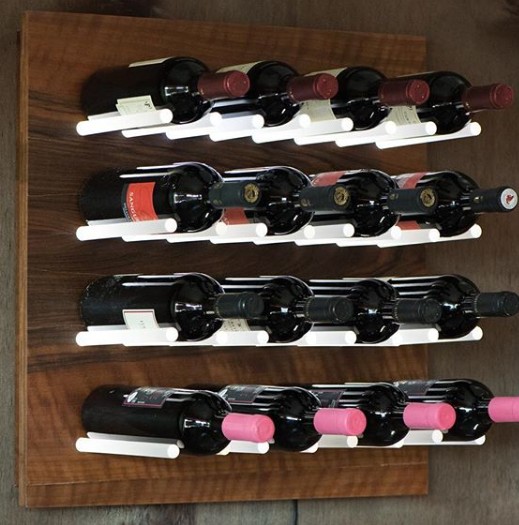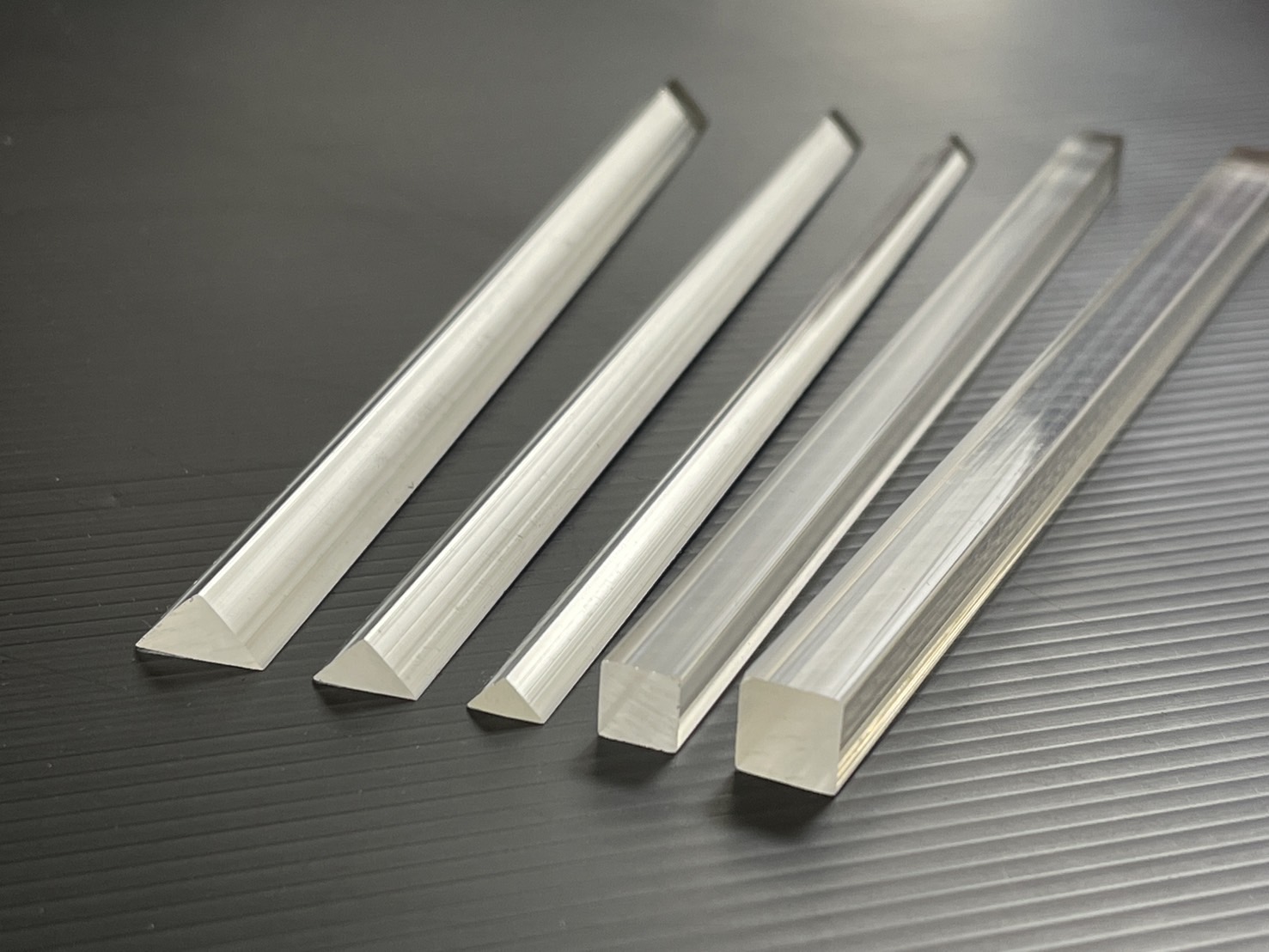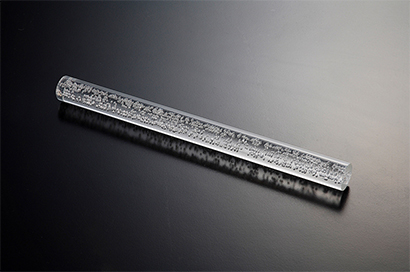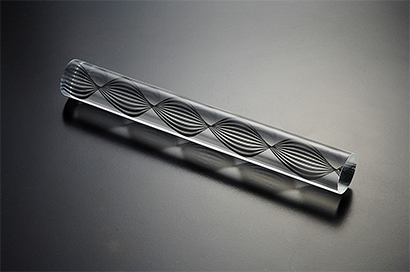How to Choose the Right Materials?
When designing outdoor installation art, material selection affects not only the visual impact but also the artwork’s weather resistance, structural safety, and light-and-shadow effects.
Below is a summary of commonly used materials for outdoor installations to help designers and engineering teams quickly understand the characteristics and suitable applications of each type:
Q1:What Are the Common Materials Used in Outdoor Installation Art ?
Common Materials and Their Comparison Are Listed Below:
| Advantages | Disadvantages | Suitable Applications | |
| Glass |
High transparency |
Heavy, Fragile |
Suitable for architectural integration, delivering a high-quality appearance |
| Metal | High strength, durable, and carvable | Easily rusts, low light guiding ability, and heavy | Structural support and industrial-style design |
| Plastic (PC/PE...) |
Lightweight and low cost | Easily deforms and has lower weather durability | Suitable for temporary installations and budget-conscious projects |
| Acrylic (PMMA) |
Strong light transmission High weather resistance Excellent moldability |
May expand or deform when exposed to high temperatures | Suitable for light-emitting installations and modern art, with applications in nighttime effects |
Weather resistance refers to a material’s ability to withstand outdoor environmental factors such as sunlight, ultraviolet rays, wind, rain, and
temperature fluctuations.
For artworks installed outdoors long-term, the following issues cannot be overlooked:
◆Will prolonged exposure to sunlight cause yellowing or brittleness?
◆Will rainwater infiltration lead to material degradation?
◆Is the material prone to cracking or breaking under strong winds?
◆Will temperature fluctuations cause structural deformation?
Art installations are not only about structure but also about aesthetic presentation. If environmental factors cause material deformation, fading,
or damage, it not only affects the viewing experience but may also compromise safety and brand image. Therefore, acrylic, due to its stable material properties, can effectively resist the aforementioned issues and maintain transparency and structural stability
over time, ensuring that outdoor artworks:
◆ Maintain color and texture over a long period
◆ Have a stable structure that is resistant to damage
◆ Reduce subsequent maintenance and replacement costs
Q3: Why is acrylic suitable for outdoor installation art ?
Acrylic has the following advantages:
Excellent weather resistance:
High-quality acrylic can effectively resist ultraviolet rays from sunlight, preventing yellowing, brittleness, or cracking. It is suitable for long-term exposure to outdoor environments, withstanding
sun, wind, and rain for over 10 years.
Outstanding light guide and transmission properties:
Acrylic possesses excellent optical transparency (light transmittance up to 92%), making it especially suitable for use with LED light sources. It delivers clear, soft, and uniform lighting effects.
Its nighttime performance is exceptional, making it ideal for luminous artworks, interactive lighting installations, and light sculptures.
Acrylic can be cut, engraved, bent, and thermoformed according to design requirements. Whether for geometric shapes, curved structures, or three-dimensional letters, it can be easily realized, meeting the demands for personalization and creativity in art.
Compared to glass, acrylic weighs about half as much and is less prone to shattering. Even if broken, it does not produce sharp fragments, making it safer and easier to install and transport—especially suitable for public spaces and outdoor locations.
Acrylic surfaces can undergo sandblasting, UV printing, laser engraving, dyeing, and film lamination, providing artworks with more layers, textures, and interactivity, greatly expanding artistic possibilities.
Q4: How to use acrylic with light sources for glowing art?
For installations that shine at night, besides the structural design aesthetics, the key lies in the combination of lighting and materials. Acrylic, with
its excellent light guiding and diffusion properties, is an ideal material for making luminous installations. Here are several common and effective pairing methods:
🔷 Using Acrylic Light Guide Rods or Acrylic Tubes
These products are made with special formulations and polishing treatments, enabling them to work with LED light sources that emit light either along the rod or tube body, or from the end face. They are suitable for linear or point
light source designs such as lettering, lines, and geometric structures. Depending on the LED arrangement and the angle at which light enters, they can produce uniform lighting or dynamic point-flow effects. Additionally, the light sources can be concealed
within bases or behind the structure to maintain a clean and seamless appearance.
🔷Embedding LED Strips or Modules Inside Acrylic Structures
Embedding LED light sources inside acrylic boxes, bases, or tubes is currently the most widely used method. Both transparent and milky acrylic tubes can be utilized, with milky tubes softening the light for a gentler effect. This
approach can be combined with UV printing or laser engraving to allow light to follow patterns, creating embossed or decorative light visuals. Additionally, RGB LED modules can be incorporated to produce color-changing, breathing, and other dynamic lighting
effects.
For designs that require surface lighting or uniform illumination across a large area, diffuser panels or laser-engraved dot light guide plates are recommended. Light guide plates help control the direction of light to ensure even illumination, while diffuser panels soften the backlight to create a smooth, glare-free effect. This setup is ideal for flat designs, wall installations, or large glossy structures.
🔷Light Source Selection Suggestions
Choosing the right LED light source is crucial for achieving the desired visual effect and ensuring long-lasting performance.
It is recommended to use high-brightness, low-power LED strips or modules. For outdoor applications, waterproof LEDs with an IP65 rating or higher should be selected. Additionally, integrating lighting control systems can enable interactive features such as
sound activation, light sensing, and timed color changes.
Real-World Application
1. A luminous sculpture in a commercial plaza, using transparent acrylic tubes combined with RGB LED strips to create a colorful nighttime focal point.
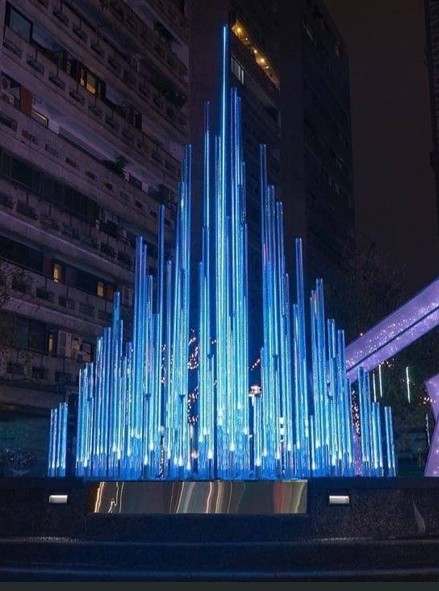
- 2. An interactive light and shadow installation along a park walkway, combining acrylic tubes with dynamic sensor lights and colorful floral patterns, creating a blend of technological sophistication and human warmth.
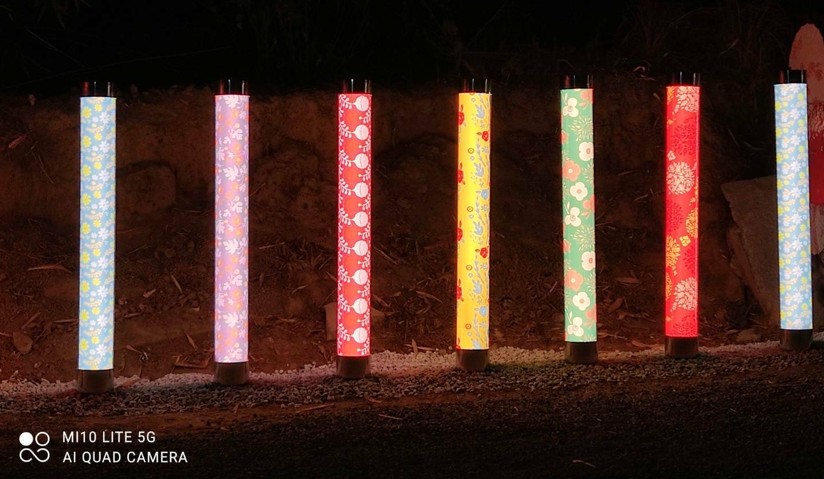
- 3. In a commercial reception hall, the background wall features sandblasted acrylic tubes paired with embedded LED light sources, creating a soft and uniform glow. The brand logos on the wall are clearly displayed through UV printing on acrylic panels, showcasing the group’s subsidiaries with excellent recognition and high-quality texture.

Conclusion:
SMEAcrylic offers Acrylic Rods, Tubes, light guide plates, and diffuser panels in various specifications, along with processing services such as cutting, drilling, and polishing. We assist customers
in creating structurally stable, visually striking, and evenly illuminated installation artworks. Whether for small exhibition pieces or large-scale public art projects, feel free to contact us for consultation!
Email:
[email protected]
Related Applications
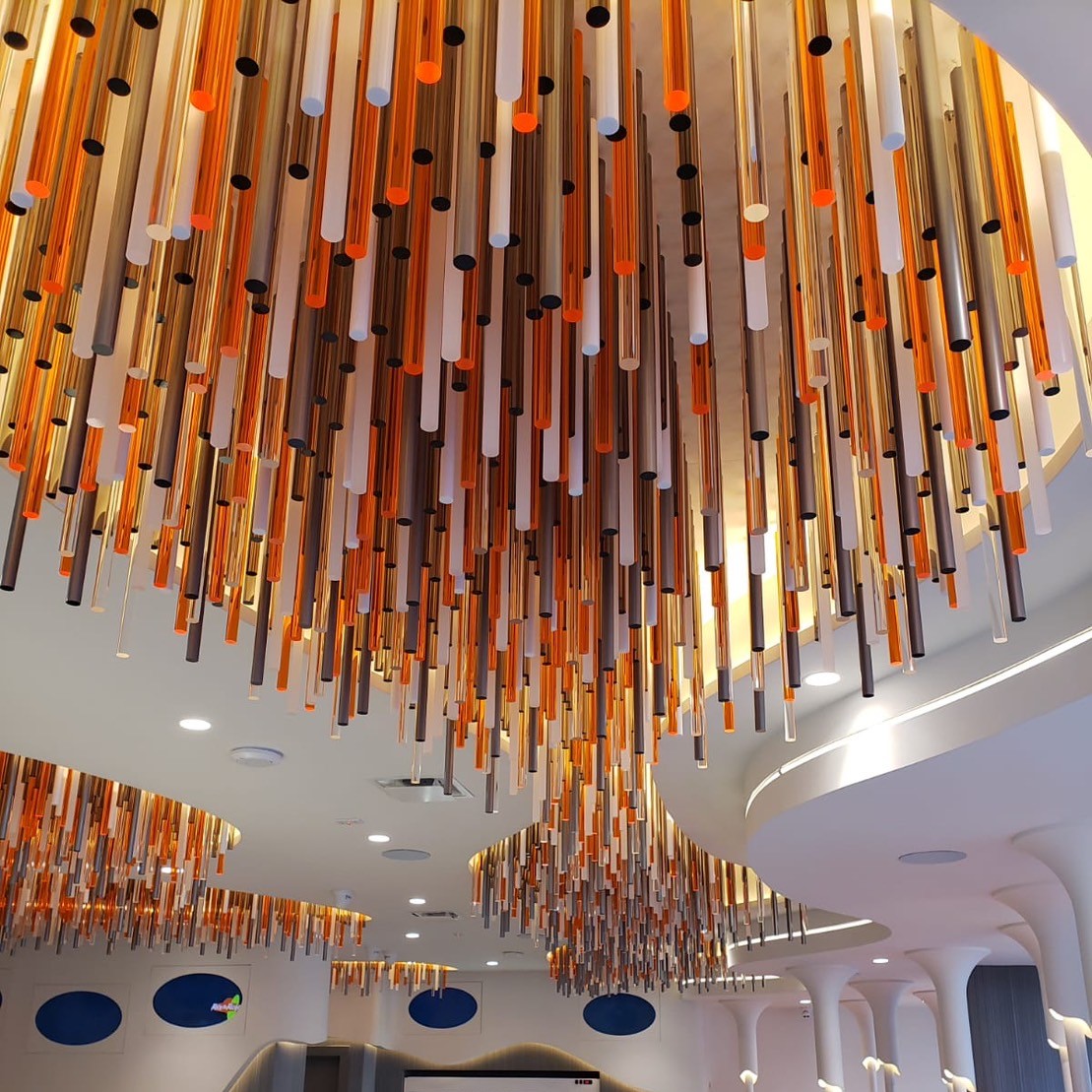

-1.jpg)
.jpg)
